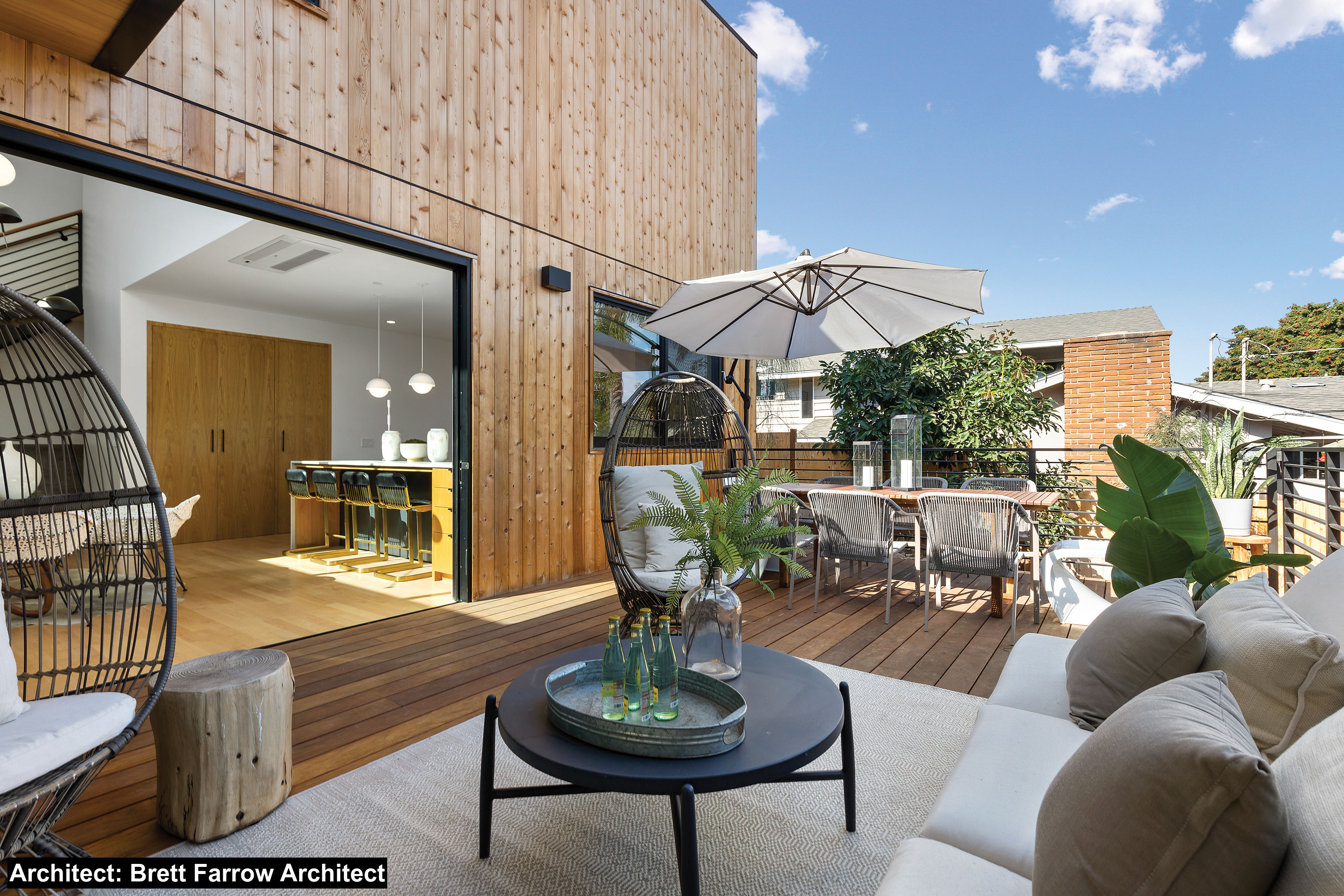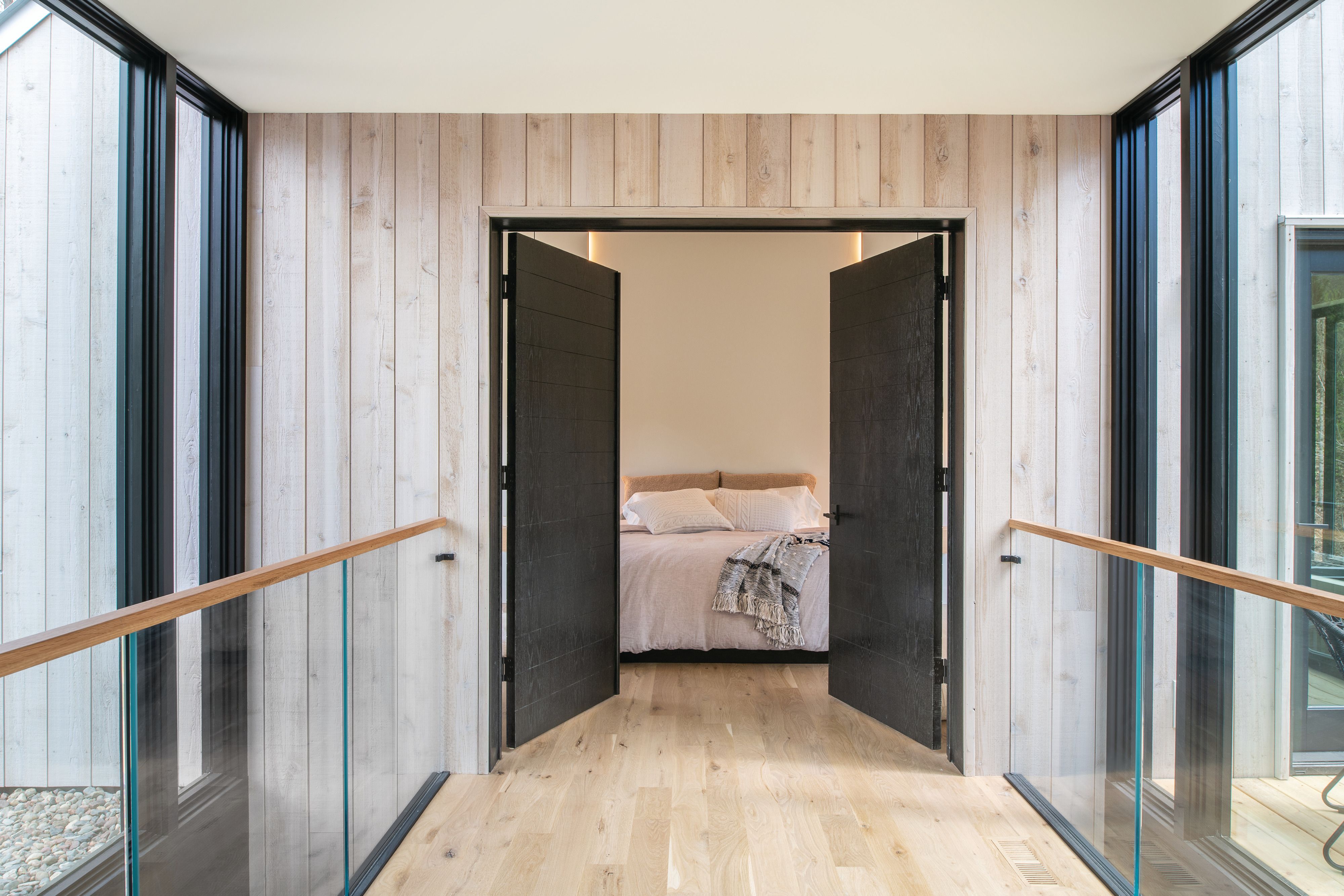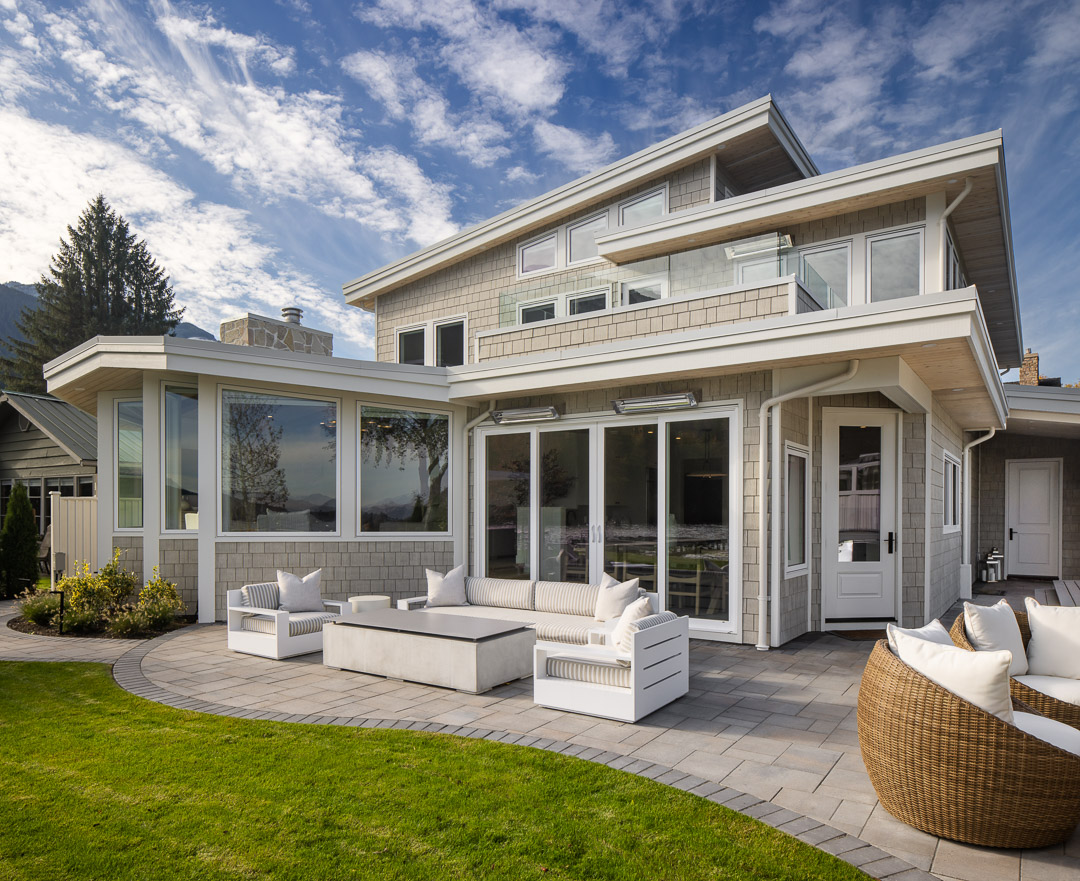
Biophilic design is design that reconnects us to nature. Nature partially satisfies the psychological need to belong and relate, so activities that involve contact with nature have been shown to improve connectedness and wellbeing, and promote behavior that benefits the environment. Studies show that people tend to behave more altruistically in natural environments and have an increased sense of satisfaction with life. Conversely, disconnecting from nature has detrimental effects on both mental and physical health.
Many studies observe that direct exposure to nature, even in brief increments, can offer visible psychophysiological benefits, but due to an increasingly urban lifestyle, our contact with nature has become less frequent.
Biophilic design can help address this gap, with the goal being to create artificial environments as similar as possible to natural ones, to ensure people receive the positive effects of nature on their health and wellbeing.
Biophilic design has been shown to reduce stress, which lowers blood pressure and cortisol levels while promoting feelings of comfort and restfulness. It can improve cognitive function and creativity, which is especially important for education and office settings. Nature can regulate emotion, mood, and visual preference for a space or goods. Experiences with nature, whether real or simulated, have also been shown to improve wellbeing and expedite healing. In healthcare, biophilic design can lead to shorter hospital stays, fewer negative comments, and fewer strong analgesics.
Architects and designers play a key role in facilitating this connection to the natural world through biophilic design.
Biophilic Responses to Wood
According to “The Nature of Wood – An Exploration of the Science on Biophilic Responses to Wood” by Terrapin Bright Green, an environmental consulting and strategic planning firm that is a leading authority on biophilic design, “Designing elements of nature into the built environment can have health benefits including stress reduction, improved cognitive performance, enhanced moods, and increased preference for spaces. These benefits are often referred to as ‘biophilic responses,’ and we have a particularly strong biophilic response to wood, more than almost any other material.”
These biophilic responses include the haptic response (sense of touch), olfactory experience, and visual experience.
Western red cedar is an optimal wood species choice for biophilic design because of its rich tonal range and beautifully pronounced grain that immediately connects people to nature. It’s also a top-performing building material that will enhance the wellbeing of occupants for decades to come. Western red cedar comes in a wide range of sizes, grades, and profiles, which gives design teams flexibility in creating their desired look for a range of uses, including decking, siding, trim, and fascia.
Design Considerations for Using Wood in the Built Environment
Wood provides warmth and richness that contrasts well with more modern materials such as concrete, steel, and glass. When using wood in the built environment, it’s key to prioritize the wood grain and contour lines by making them readily visible rather than hiding the grain with paint or a stain that is so dark that it hides the grain. The number of grooves and knots is also an important consideration. The look of knotty cedar may be desired, as it adds texture and contrast, enhancing the symbiotic dynamic between a home’s interior and exterior. Occasional knots do not distract from the contour lines, but too many knots can “negate the stress reduction characteristics of the collinear and contoured patterns in wood.”
It’s also important to consider the amount of wood used in a space—too much wood can have a negative effect on physiology and psychology, while too little won’t elicit a response.
Wood creates an immediate and seamless connection to natural surroundings that no synthetic wood can replicate. This is because wood was alive and has a cellular structure that is present even after harvesting. Light bounces off those cells, giving wood a reflective quality that is unique to the material. “This can make both the grain pattern and surface color appear to change. Fake wood does not have a cellular structure and thus far cannot replicate this visual experience.”
Nature still knows best—despite all efforts at imitation, no man-made product can match the beauty, performance, and longevity of western red cedar.
Wood and other elements of nature can be incorporated into any type of residential, commercial, or institutional project to bring nature indoors and promote wellbeing, reduce stress, and improve mental health for occupants. An increasing number of architects and their clients are starting to appreciate cedar’s stunning appearance and ability to beautify interior spaces.
Western red cedar introduces warm, natural beauty into interiors and will last the lifetime of the building if cared for properly. Bringing cedar inside is the best way to add visual appeal and create a greater connection to nature. There are myriad interior uses, from ceilings and soffits to features walls, wood paneling, exposed posts and beams, louvers, furniture, and cabinets.
This article was excerpted from the white paper “Western Red Cedar Contributes to Biophilic Design” from the Western Red Cedar Lumber Association. Read the full white paper here.
Weyerhaeuser Distribution is committed to delivering the reliable, consistent products you can rely on. Connect with your Weyerhaeuser representative today about cedar siding and decking solutions available in your market.


